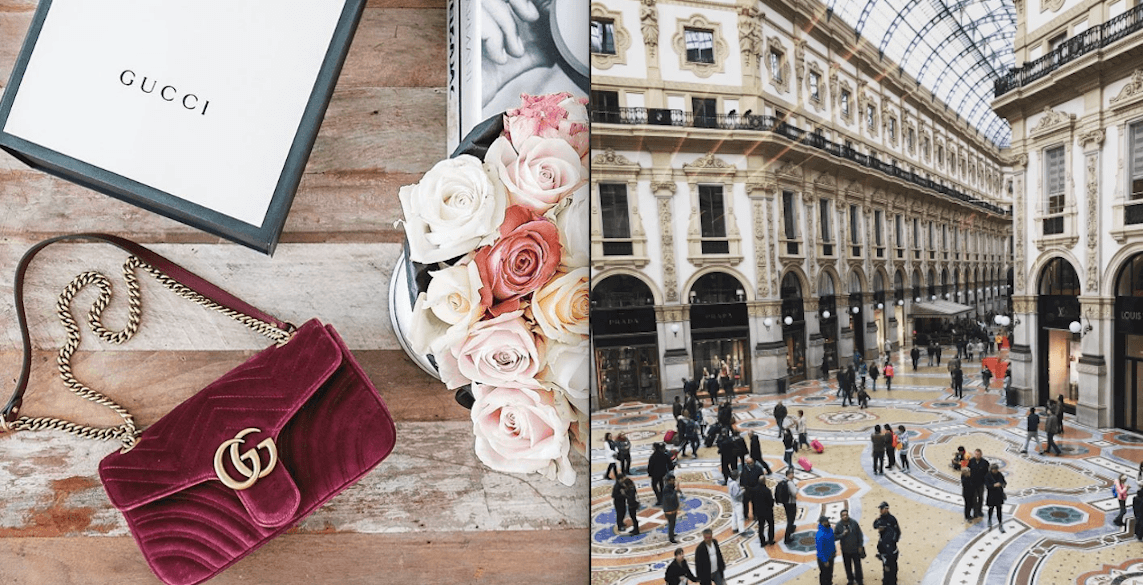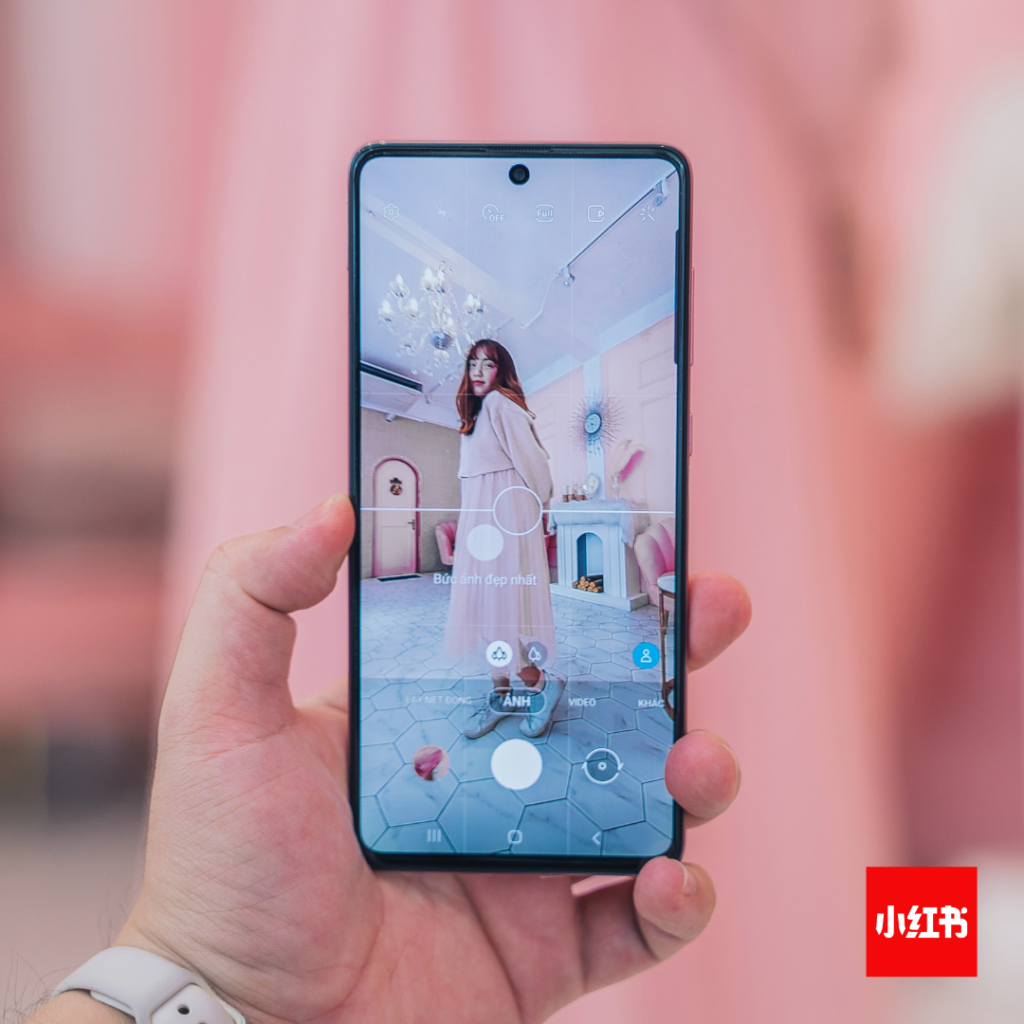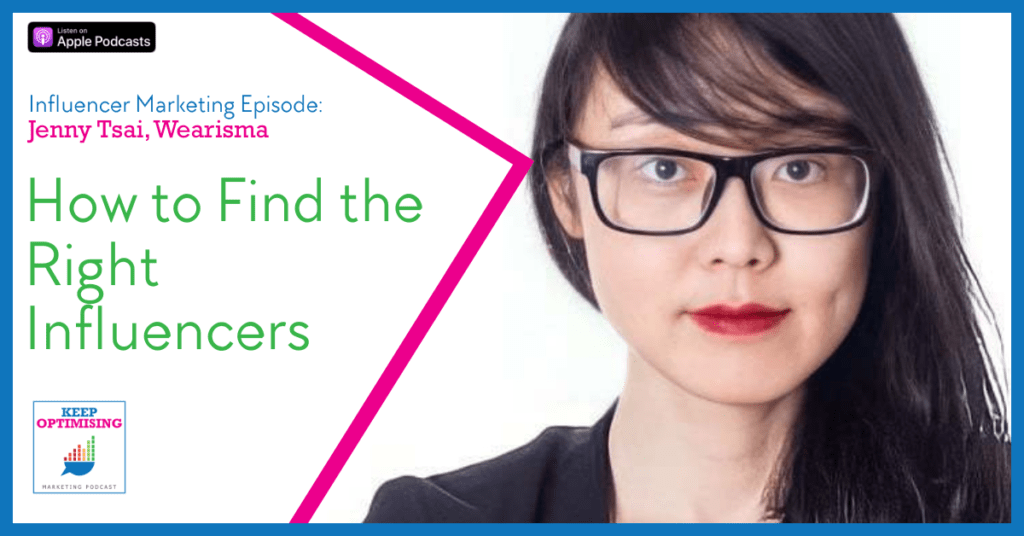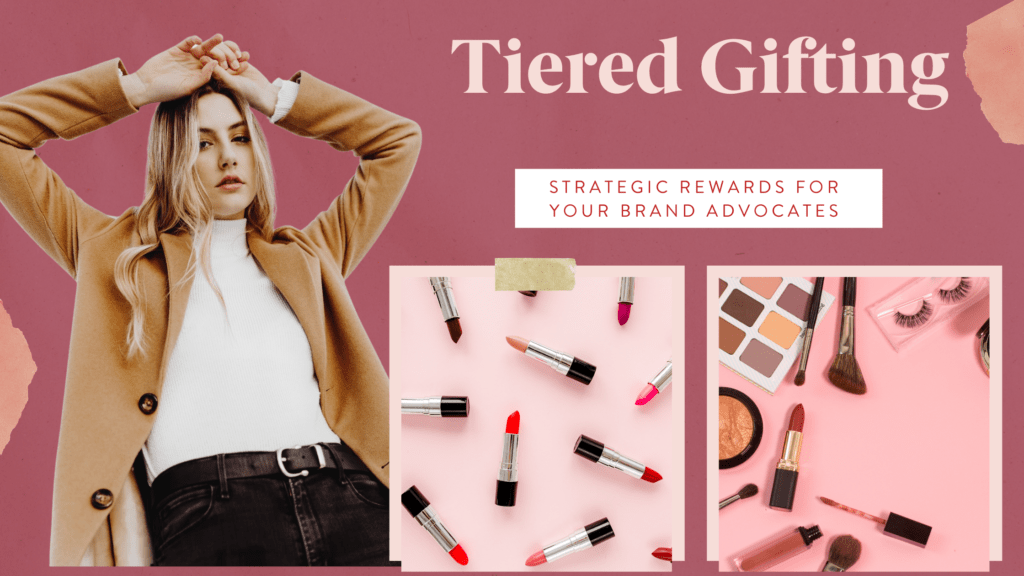
[LinkedIn] Lessons from Milan: how luxury brands approach influencer marketing
This post was originally posted on LinkedIn by Founder & CEO of Wearisma, Jenny Tsai.
With over 75% of wealthy internet shoppers actively using social media, we no longer question if luxury brands should be on social. Nowadays, these brands are thinking critically about how (and where) they engage online and what the impact is. Off the back of our fruitful trip to Japan, Wearisma headed to the headquarters of luxury: Milan. Continuing conversations with top names in the industry, we’ve gained valuable insight on the influencer marketing world in Italy, and how it can roll out globally.
Tradition meets innovation: it’s all about quality control
Luxury in Italy has always been synonymous with tradition, quality and exclusivity. Many labels are still family-run and place a lot of emphasis on control in order to preserve their history and output. We met with luxury brands where decisions are closely supervised by the HQ – from fabric sourcing and design to operations and reporting. This business style positions major Italian brands in stark contrast to the likes of the French, where conglomerates reign. The inherent ‘insider’s club’ in Italy shines through in the marketing methods of premium brands. All those glossy magazine spreads and dreamy adverts were designed to make us lust and aspire for products so well-made, they might just be out of reach.
Italian luxury brands market themes like craftsmanship and tradition that are passed down from generation to generation. They also seek globally consistent messaging. So it comes as no surprise that some luxury brands in Italy have been slower to embrace new (and highly impactful) social media marketing techniques that hinge on micro-influence. When your brand is a carefully preserved, age-old family affair, how do you cope with something so novel and localised as influencer marketing? But as 65% of luxury buyers in 2016 say they were digitally influenced, working with influencers is a no-brainer. Italian brands have begun to implement influencer marketing campaigns to build brand awareness and seek new methods of engagement locally on a global scale.
Finding your Madonna
Influencer marketing is revving up in Italy. However, the main challenge here is to instill an understanding of the history, personality and significance of the brand through influencers with candid, local audiences. Because craftsmanship and tradition trump scale in Italy, premium brands are entering the influencer space with care. What’s more, they must find a personality that blends well with their ethos.
When 73% of fashion and beauty marketers struggle to identify the right influencers, a one-size-fits-all approach simply won’t work. Brands want to find, control and nurture unique and relevant talent so that it credibly represents their carefully crafted story over time. “We want to find Madonna before she writes Like a Virgin,” one brand told us. Industry research supports this mentality: “influencer marketing in the luxury world is truly about collaboration and affinity. Identifying and selecting the right partners will require in depth analysis, and long term monitoring,” Digital Marketing Magazine points out.
That being said, we witnessed a clear gap between what Italian luxury brands want and the status quo. Here’s the current set-up, which is effectively a volume-play, not a quality play:
- Brands send out briefs to agencies or micro-influencers themselves. These briefs are usually for one-off amplification campaign activities rather than long-term relationship/advocacy building.
- Micro-influencers respond to the briefs via an automated mechanism. Brands have little or no control over which influencers respond to the briefs and therefore, the quality of the inventories or the influencers they work with.
- Top-tier influencers, on the other hand, are like celebrity in status and requires manual and one-off negotiations, often via their agents, which often take place manually over email, phone, or even WhatsApp.
- The agency or micro-influencer reports back to the brand the number of impressions and/or engagement made.
What we learned: when it comes to influencer marketing in Italy, the offering does not enable luxury brands to identify and build long-term relationships with relevant influencers over time. They either work with the celebrity-like, top-tier talent in the most manual, unscalable manner or with micro-influencers in a blanket, automated, mercenary manner, without no control brand risk.
Don’t worry – growing pains happen in every market when new forms emerge, and this is no exception. Luxury brands in Italy have a clear idea of what they’d like to achieve from influencer marketing. They just need the right tools to help them achieve their long term goals.
Made in Italy: Time to strategise globally and implement locally
The wheels are greased, the budgets are ready – now luxury brands need to embrace analytics-backed, enterprise-strength platforms that can deliver sustainable, long-term results. Influencer marketing platforms can enable powerful, localised content that is selected, curated and nurtured at the HQ, so we’ll all know it has the quality and status of luxury items that are “Made in Italy” while being locally relevant. Forget the current status quo volume-play model and instead gather strategic portfolios of local influencers who can grow your business worldwide. Our message to brands preserving their history through marketing: explore platforms that can match you with the relevant influencers just for you, and tell your story together over time.





